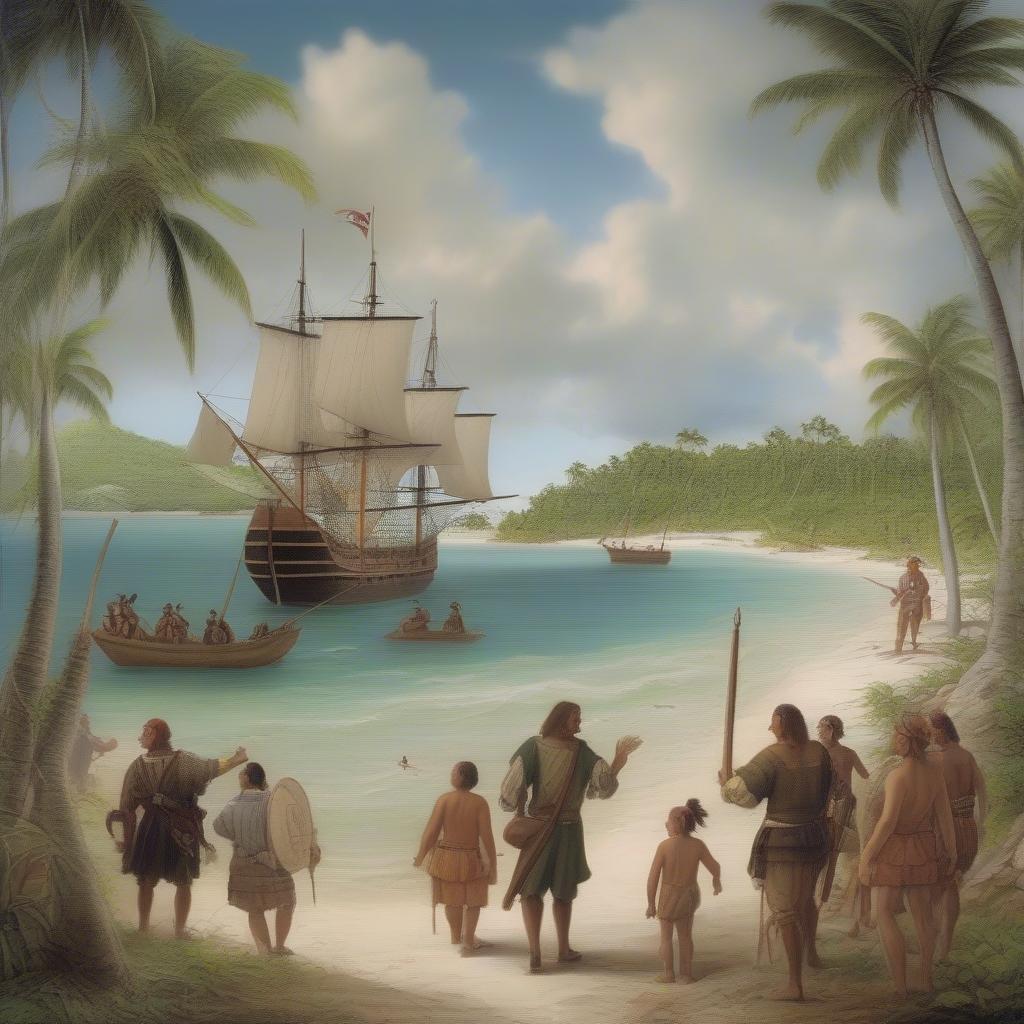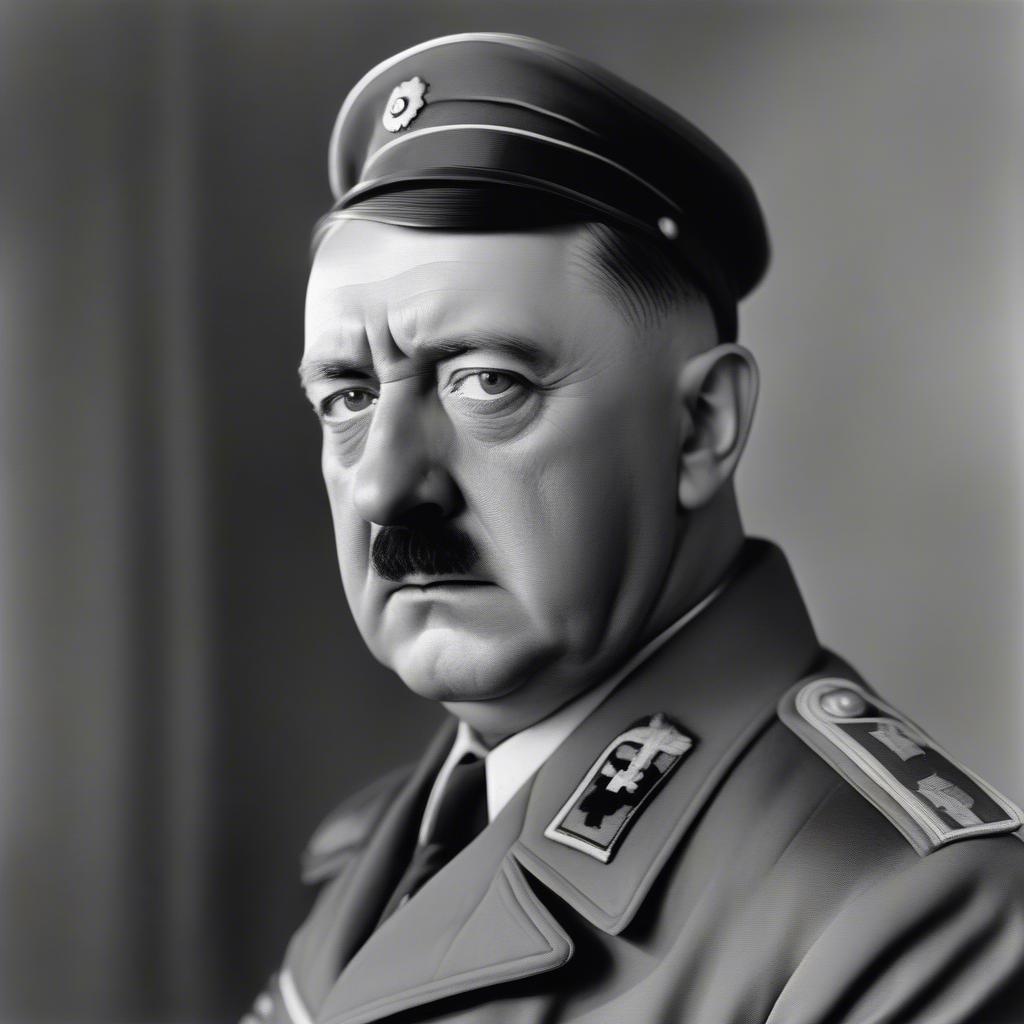
Christopher Columbus, the Italian explorer whose voyages across the Atlantic Ocean opened the Americas to European colonization, remains a controversial figure in history. While he is often credited with “discovering” the New World, it’s important to understand who Christopher Columbus was and what he was known for—both the positive and the negative aspects of his legacy. He wasn’t the first to reach the Americas, which were already inhabited by Indigenous peoples. His arrival marked the beginning of a period of exploitation, disease, and enslavement for the native populations.
Table Content:
The Early Life and Ambitions of Christopher Columbus
Born in Genoa, Italy, around 1451, Columbus developed a passion for cartography and navigation. He believed he could reach the East Indies (Asia) by sailing west across the Atlantic, a much shorter route than the established eastward routes. His proposal was rejected by several European monarchs, including those of Portugal and England, who questioned his calculations and the feasibility of the voyage. Finally, in 1492, Queen Isabella and King Ferdinand of Spain agreed to finance his expedition, driven by the desire for wealth and the expansion of their empire.
The Voyages of Christopher Columbus
Columbus’s first voyage, consisting of three ships—the Niña, the Pinta, and the Santa María—landed in the Bahamas on October 12, 1492. Believing he had reached the Indies, he called the native inhabitants “Indians.” He explored the islands of Hispaniola (now Haiti and the Dominican Republic), Cuba, and other Caribbean islands, claiming them for Spain. Subsequent voyages brought him to Puerto Rico, the Virgin Islands, and the coast of South America. Throughout his voyages, Columbus maintained his belief that he had reached Asia, even though the geography and the people he encountered were clearly different from what he had expected.
Christopher Columbus: A Legacy of Exploration and Exploitation
Columbus’s voyages undeniably opened up the Americas to European exploration, trade, and colonization. This led to a global exchange of goods, plants, and animals, known as the Columbian Exchange. However, his legacy is deeply stained by his treatment of the Indigenous populations. He initiated the transatlantic slave trade, forcing natives into labor and exploiting their resources. His actions and policies led to widespread disease, displacement, and the decline of native cultures.
 Christopher Columbus's First Voyage to the Americas
Christopher Columbus's First Voyage to the Americas
Christopher Columbus and the Columbian Exchange: A Double-Edged Sword
The Columbian Exchange resulted in the introduction of new crops to Europe, such as potatoes, tomatoes, and corn, which had a profound impact on European diets and agriculture. Similarly, European livestock and crops were introduced to the Americas. However, the exchange also had devastating consequences. European diseases, such as smallpox, measles, and influenza, ravaged the Indigenous populations, who had no immunity to these illnesses.
 The Impact of the Columbian Exchange on Europe and the Americas
The Impact of the Columbian Exchange on Europe and the Americas
Re-evaluating Christopher Columbus: Beyond the Myths
In recent decades, historians and scholars have critically re-examined the legacy of Christopher Columbus, moving away from the celebratory narratives of the past. His voyages are now viewed within the context of colonialism and its devastating impact on Indigenous populations. While acknowledging his role in opening up transatlantic contact, the focus has shifted towards understanding the consequences of his actions and acknowledging the perspectives of the Indigenous peoples whose lives were irrevocably changed.
Conclusion
So, who was Christopher Columbus, and what was he known for? He was a skilled navigator and explorer who opened the Americas to European colonization, but his actions had devastating consequences for the Indigenous populations. Understanding the complexities of his legacy is crucial for a more accurate and nuanced understanding of this period in history. His story reminds us of the importance of acknowledging both the positive and negative impacts of historical figures and events.
FAQ
- Was Christopher Columbus the first European to reach the Americas? No, there is evidence of Viking exploration of North America centuries before Columbus.
- Why did Columbus call the native people “Indians”? He mistakenly believed he had reached the East Indies.
- What was the Columbian Exchange? The exchange of plants, animals, diseases, and people between the Old World (Europe, Africa, Asia) and the New World (the Americas).
- What were the negative impacts of Columbus’s voyages? Disease, enslavement, and exploitation of the Indigenous populations.
- Why is Christopher Columbus a controversial figure? Because of the conflict between his role in opening the Americas to European contact and the devastating consequences for the Indigenous peoples.
- What motivated Columbus’s voyages? A desire to find a westward route to the East Indies and the pursuit of wealth and fame.
- What countries did Columbus explore? He primarily explored the Caribbean islands, including Hispaniola, Cuba, Puerto Rico, and the coast of South America.
